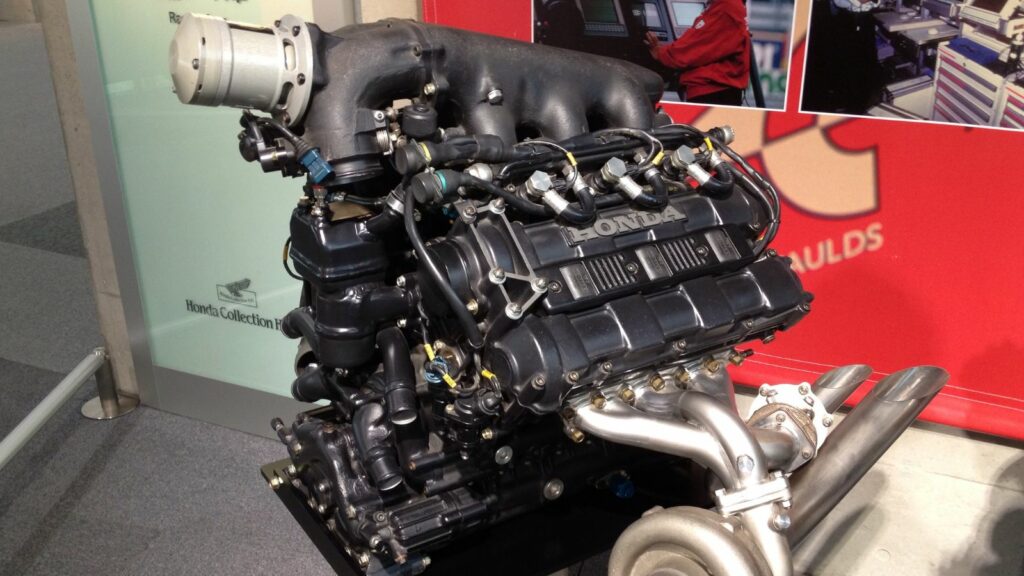Engines have always been at the heart of racing and performance, and some designs pushed the limits so far that they changed the rulebooks forever. These weren’t just powerful engines, they were so dominant or so dangerous that sanctioning bodies stepped in to outlaw them. From Formula 1 to drag racing to endurance competitions, these powerplants became legends for being too much of a good thing. Here are 10 engines that rewrote history by being simply too overpowered.
Porsche 917 Flat 12
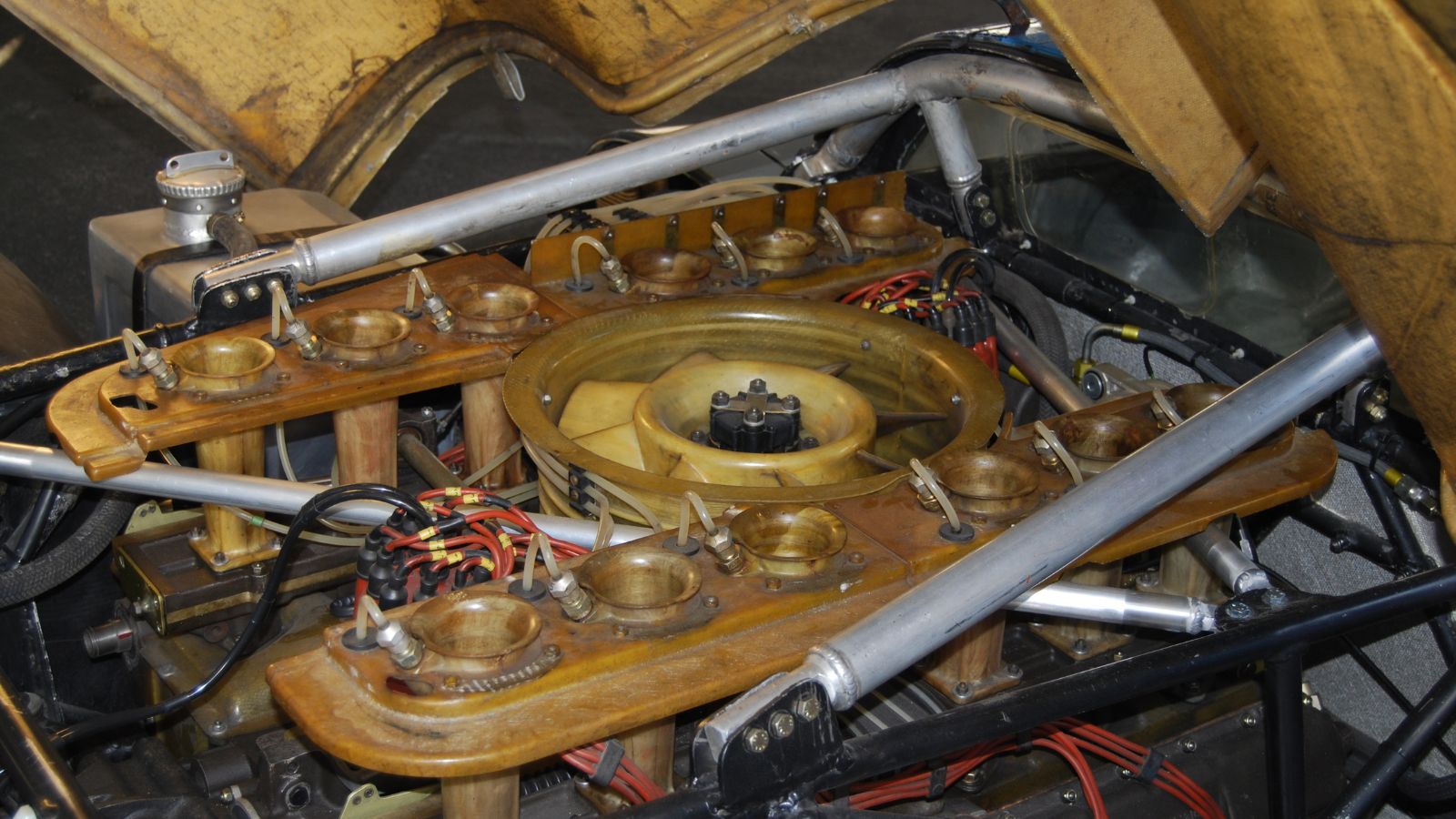
In the late 1960s, Porsche developed a monster 4.5 to 6.6 liter flat 12 for the 917 endurance racer. With outputs reaching well over 1,100 horsepower in turbocharged trim, it dominated Le Mans and left rivals gasping. The sheer speed of the 917 terrified drivers and officials alike, with some calling it practically undriveable. Regulations were quickly rewritten, limiting engine sizes and effectively ending the 917’s reign.
Can Am Porsche 917/30 Turbo
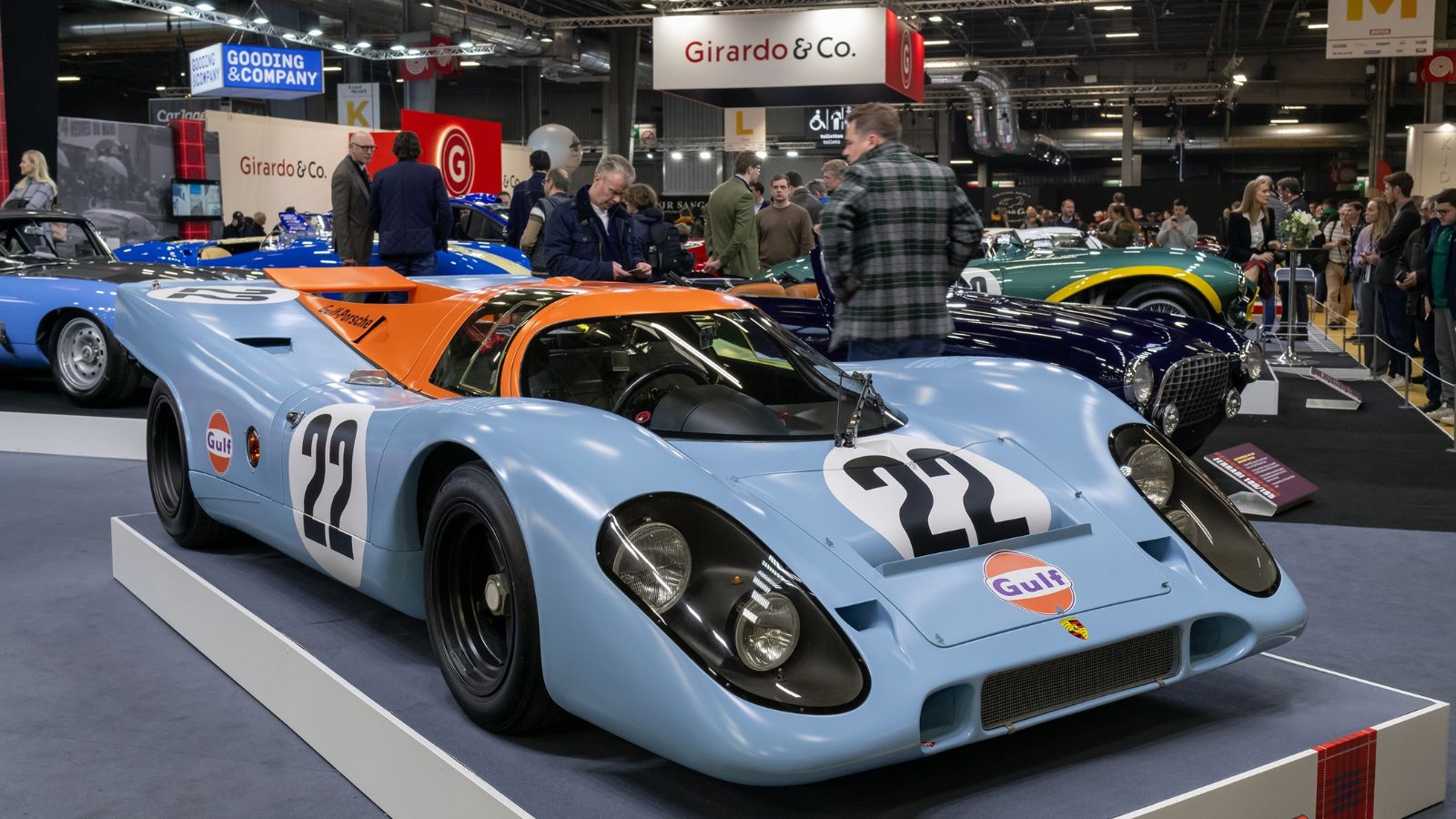
If the 917 was wild, the 917/30 that came later for the Can Am series was outrageous. Its 5.4 liter twin turbo flat 12 could be tuned to nearly 1,600 horsepower, making it one of the most powerful racing engines ever built. Mark Donohue famously said the car could “spin the tires at over 200 mph.” Its dominance was so complete that Can Am attendance began to dwindle, and rule changes effectively killed the series.
BRM H16 Formula 1 Engine
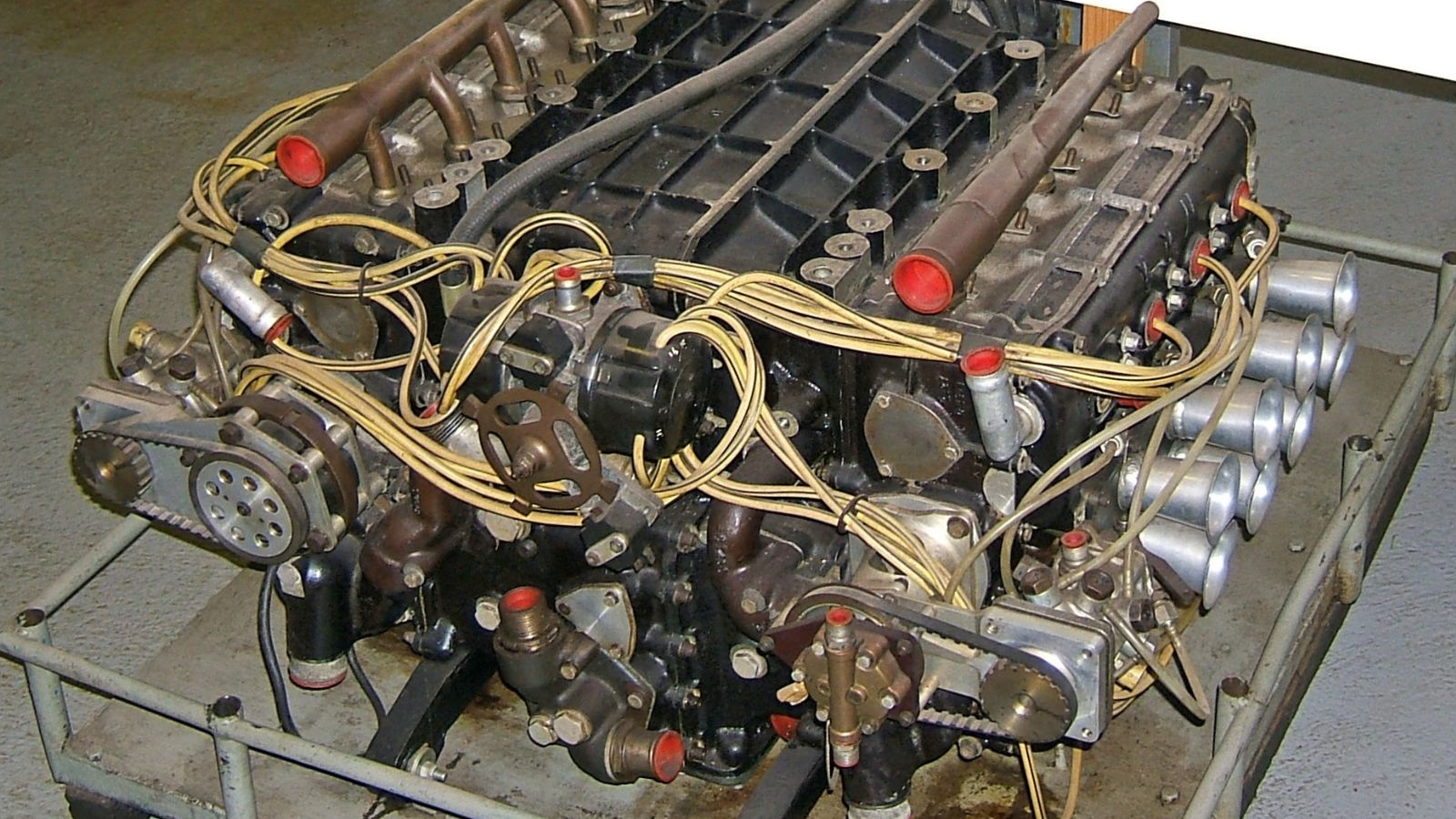
The British Racing Motors H16 was bizarre but incredibly powerful for its time. Essentially two flat 8s stacked together, it produced over 400 horsepower in the mid 1960s. The design was too heavy and complex for long term success, but when it ran right, it was a beast. Its excess and unreliability forced Formula 1 to rethink engine limits, phasing out such extreme multi bank designs.
Group B Audi Quattro Inline 5 Turbo
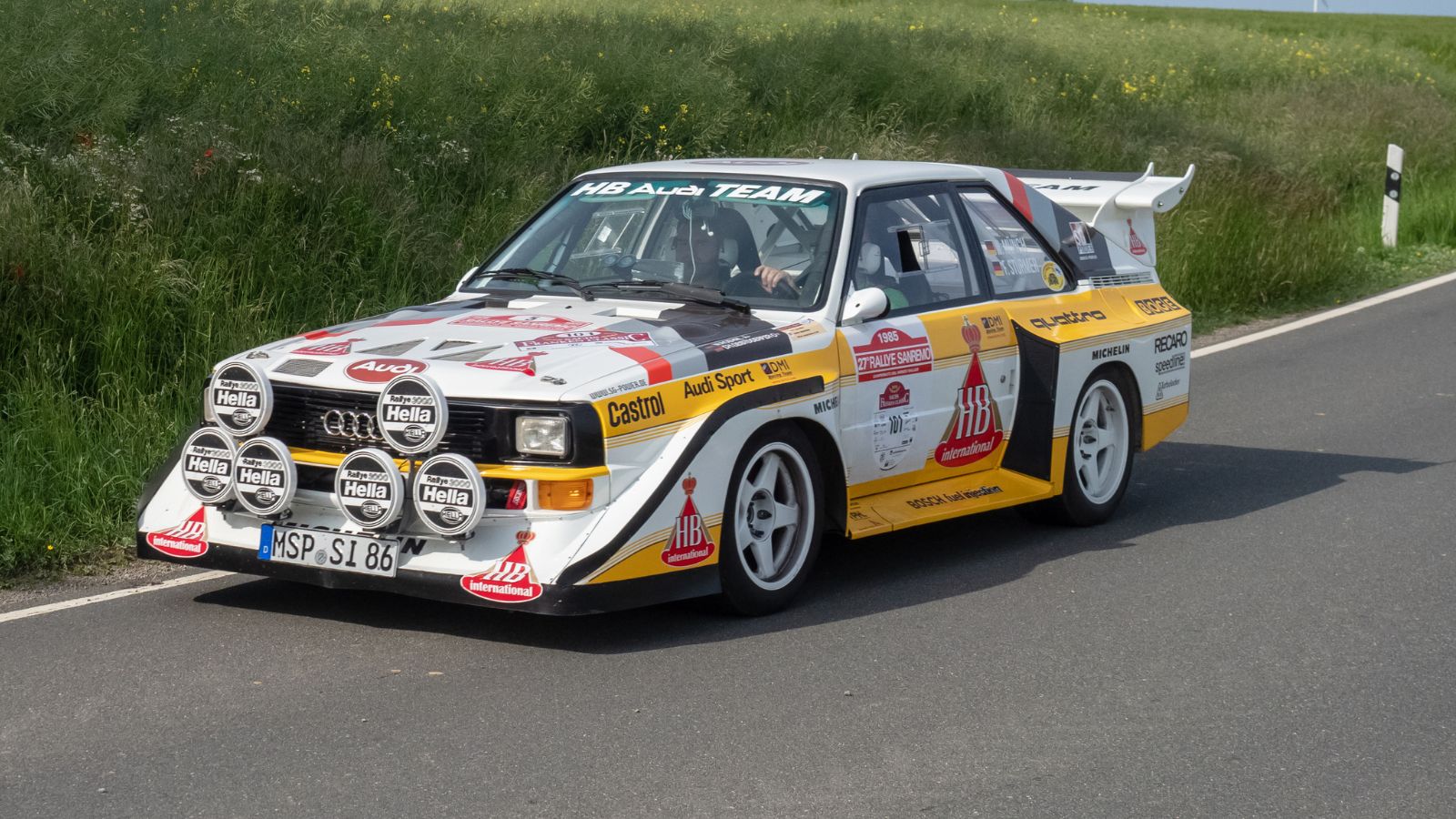
Audi’s turbocharged 5 cylinder in the Group B Quattro rally cars was officially rated at around 600 horsepower, but insiders knew the figures could climb much higher. With all wheel drive traction, the cars became brutally fast on narrow rally stages. The combination of enormous power and lightweight bodies led to spectacular crashes, and by 1986 the Group B category was banned outright, ending one of the most dangerous eras in rally history.
Mercedes Benz 300 SLR Straight 8
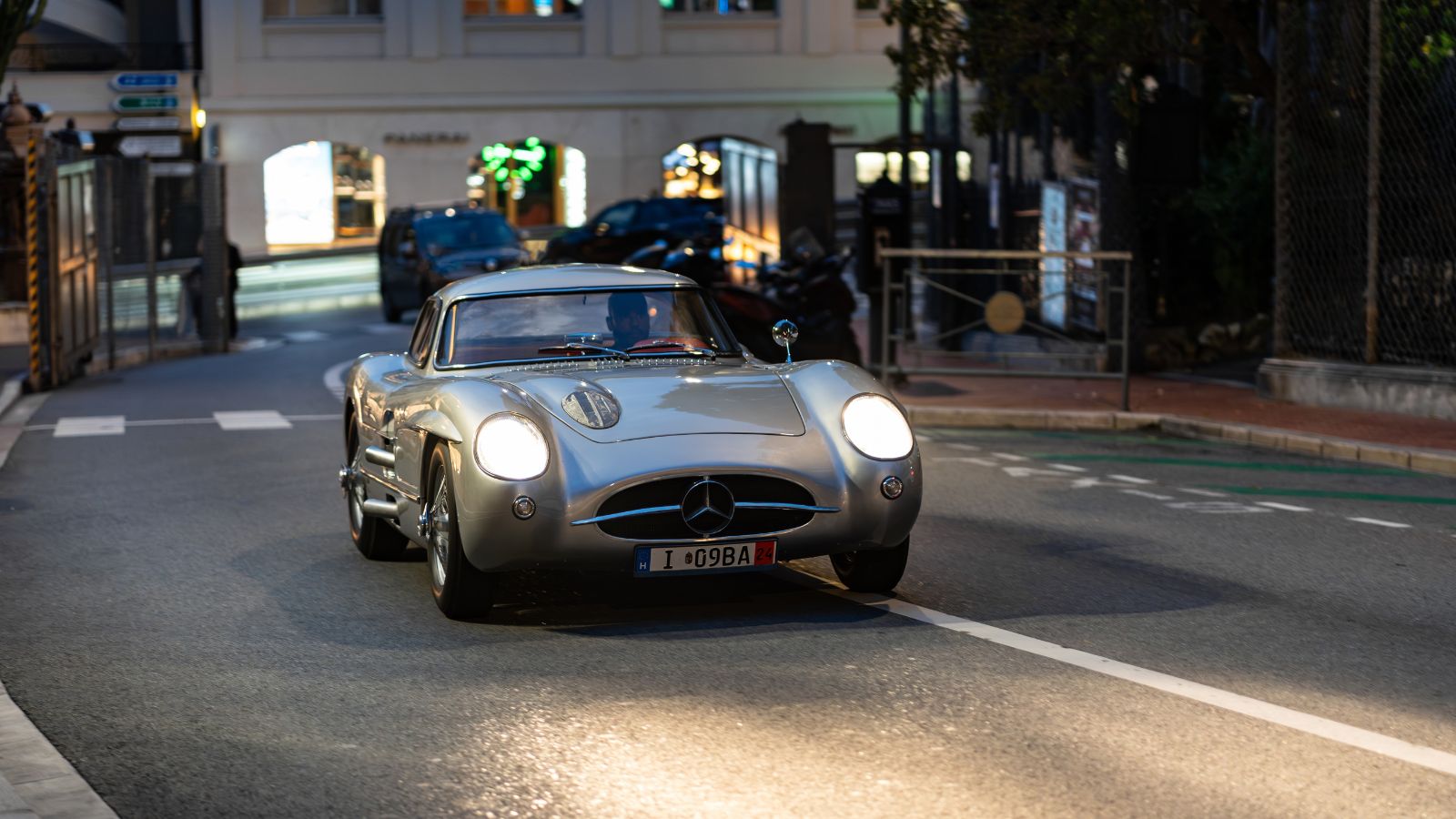
The 300 SLR’s straight 8 was essentially a Formula 1 engine adapted for sports car racing in the 1950s. Producing around 310 horsepower, it propelled the car to incredible speeds for the era. The infamous 1955 Le Mans disaster involving a 300 SLR led Mercedes to withdraw from racing, and officials began tightening engine and speed regulations in endurance events. It was not just the engine’s power, but the overall performance that caused authorities to rethink what was safe.
Chrysler Hemi 426 in NASCAR
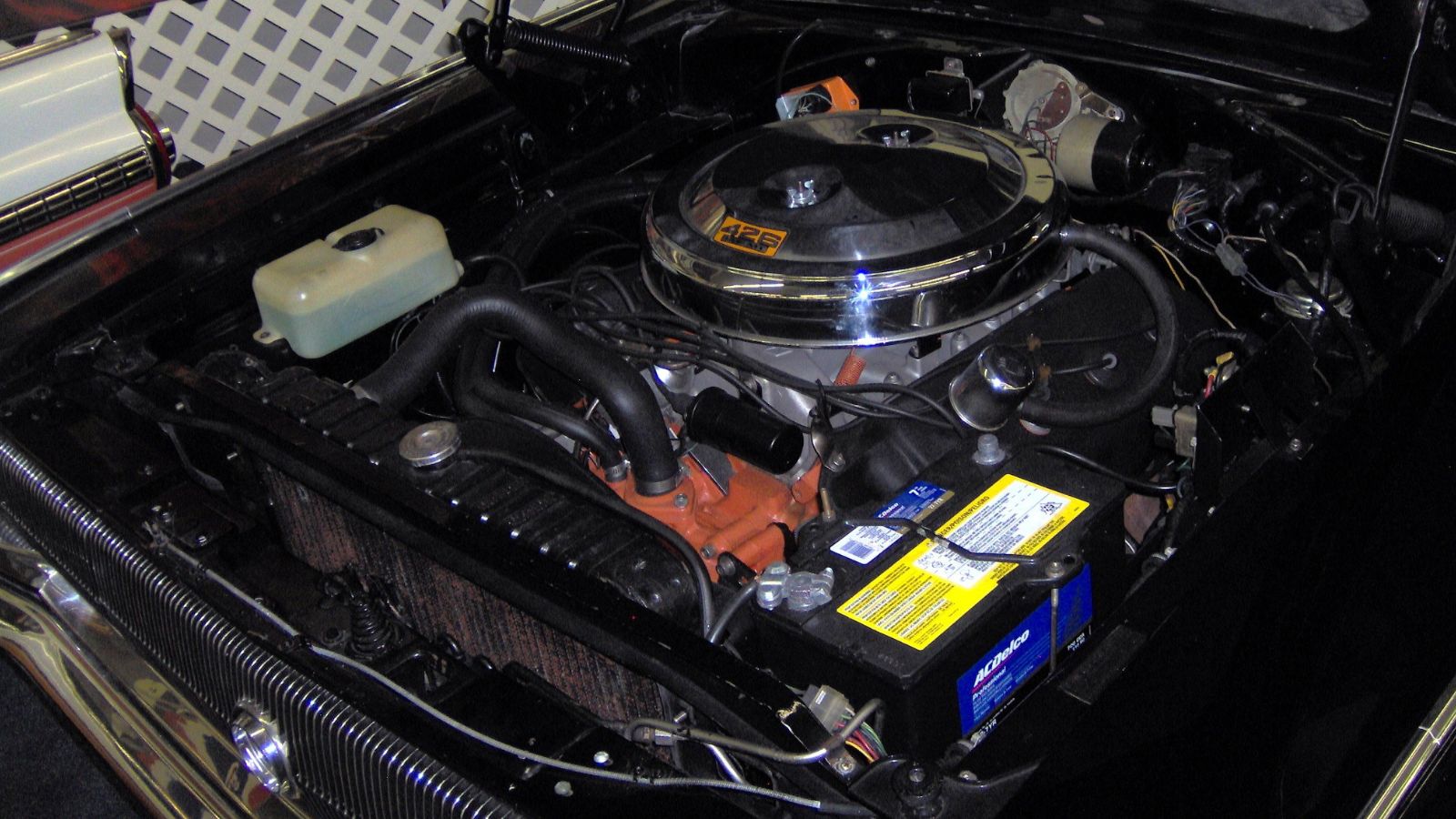
Nicknamed the “Elephant Engine” because of its size and weight, Chrysler’s 426 Hemi dominated NASCAR in the 1960s. With hemispherical combustion chambers and massive breathing capability, it gave Mopar teams an unbeatable edge. NASCAR responded by banning it for several seasons, forcing Chrysler to detune or redesign before it was eventually allowed back in restricted form.
Honda RA168E Turbo V6 Formula 1
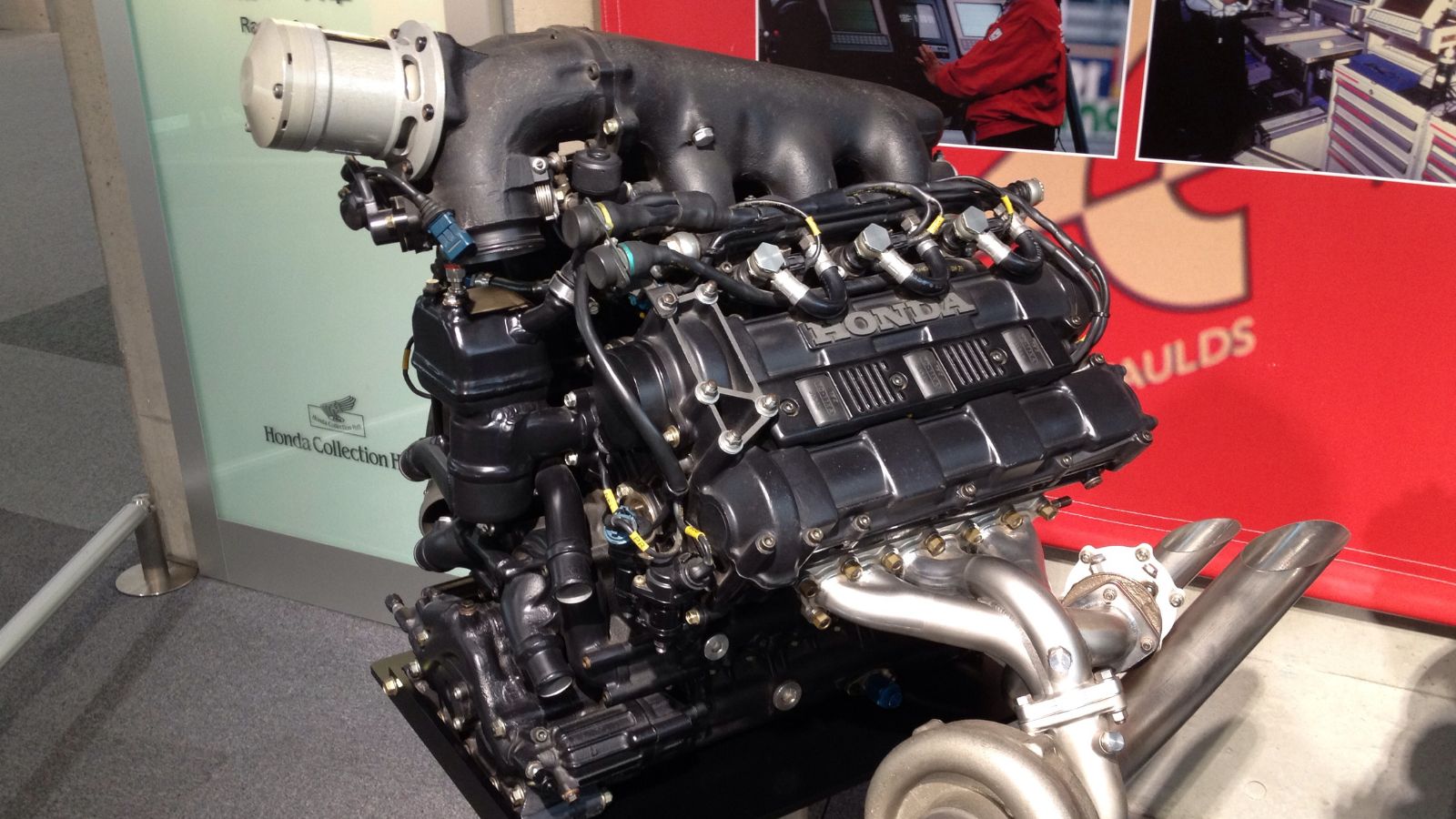
In the late 1980s, Honda’s 1.5 liter turbocharged V6 dominated Formula 1. In qualifying trim, it was rumored to produce up to 1,200 horsepower, numbers unheard of from such a small displacement. The sheer speeds and danger led to sweeping regulation changes. By 1989, Formula 1 banned turbo engines entirely, mandating naturally aspirated designs until the turbo era returned decades later.
Mazda 787B 4 Rotor Wankel
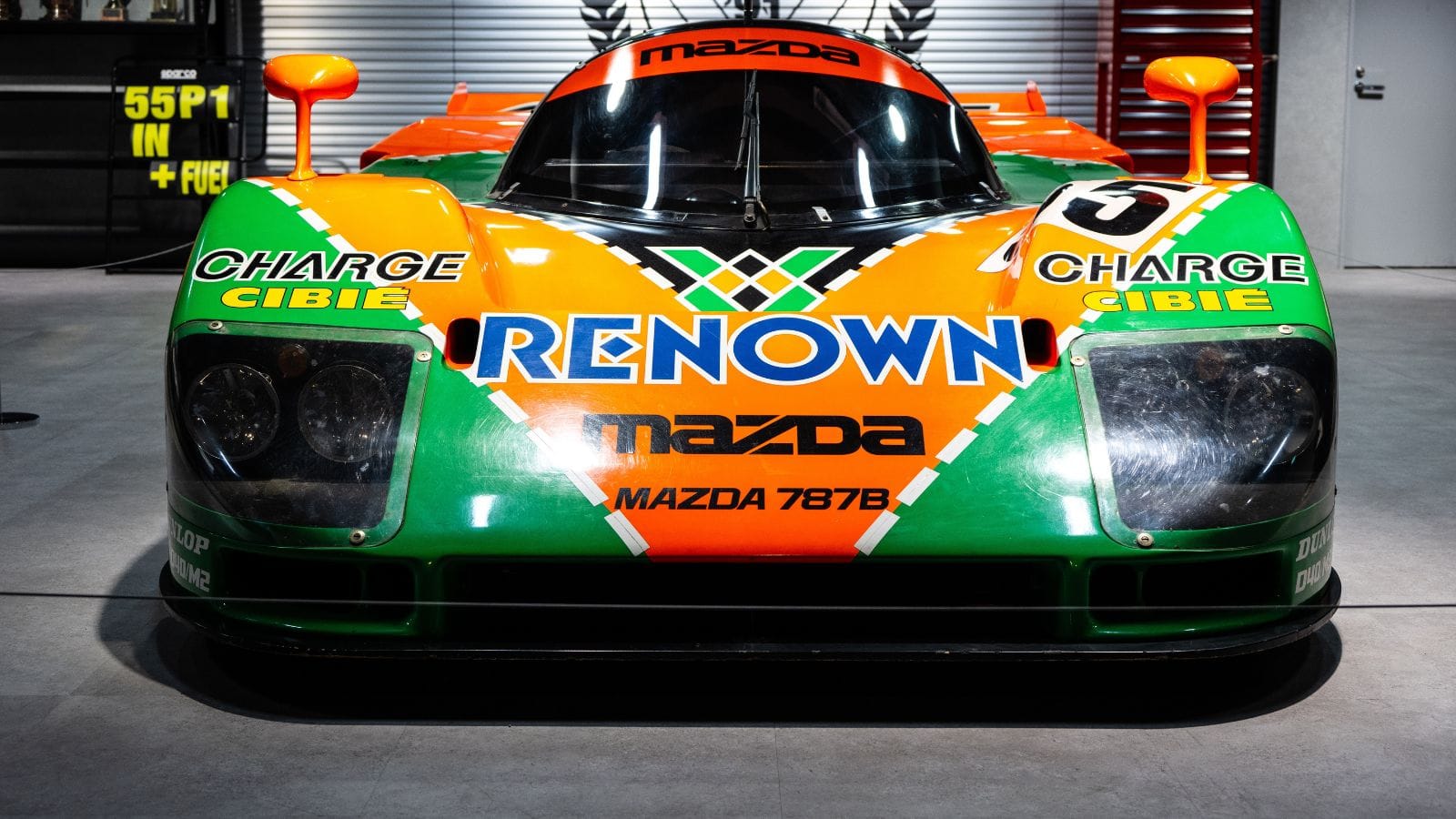
Mazda’s rotary engines were always controversial, and the 4 rotor 787B that won Le Mans in 1991 sealed their fate. Compact, lightweight, and screaming up to 9,000 rpm, it made around 700 horsepower and was unstoppable in endurance racing. That victory was both its greatest moment and its last, as the FIA banned rotary engines from competition soon after, citing fairness and regulation uniformity.
Chevrolet Big Block Drag Racing Engines
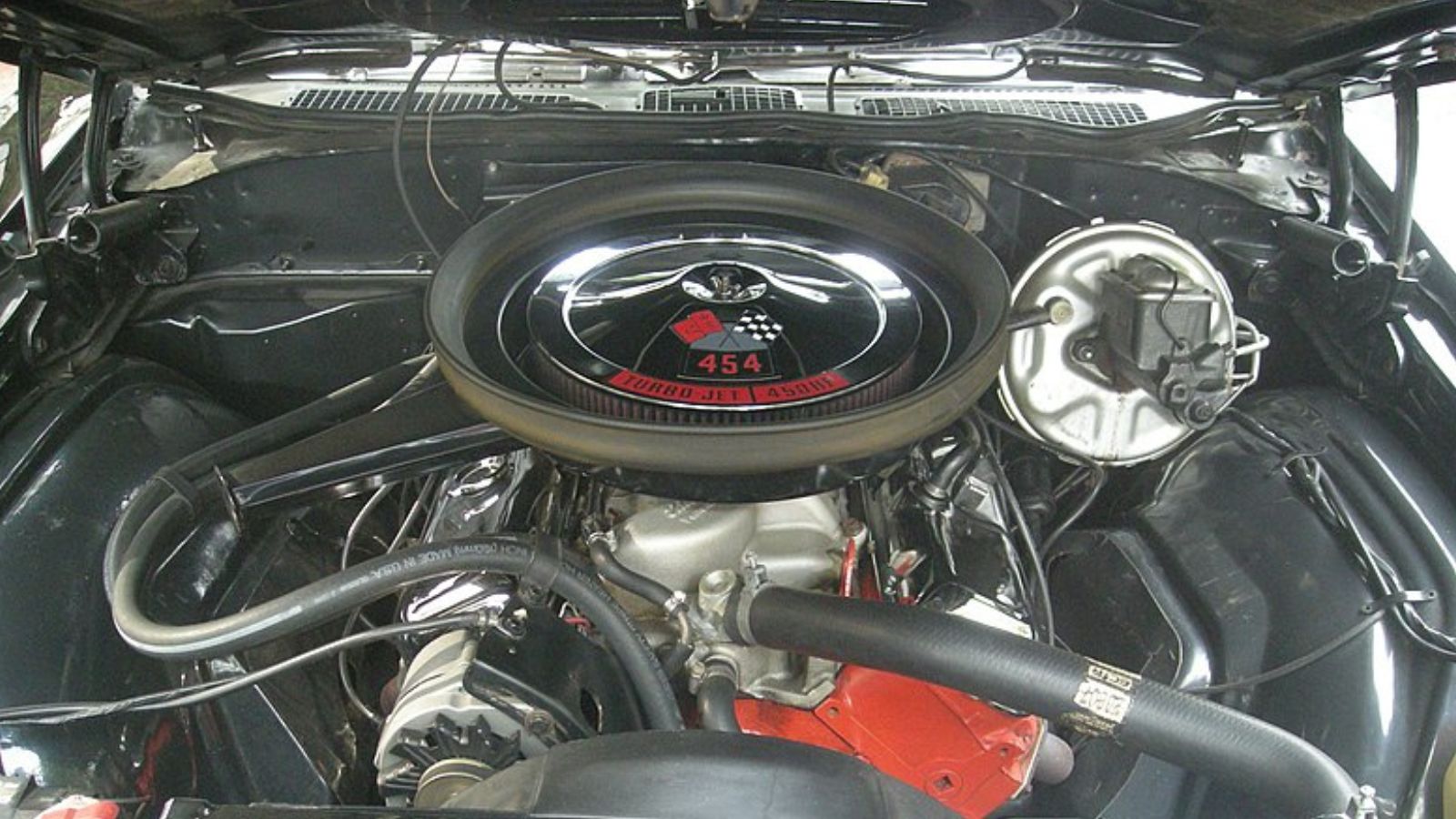
In American drag racing, Chevrolet’s massive big blocks could be tuned far beyond 1,000 horsepower with superchargers and nitromethane fuel. They became so potent that sanctioning bodies had to rewrite the rules repeatedly to keep speeds within reason. While not a single specific engine was outlawed, the combination of displacement, forced induction, and fuel chemistry led to widespread restrictions to keep drag racing from becoming uncontrollable.
BMW M12/13 Formula 1 Turbo 4
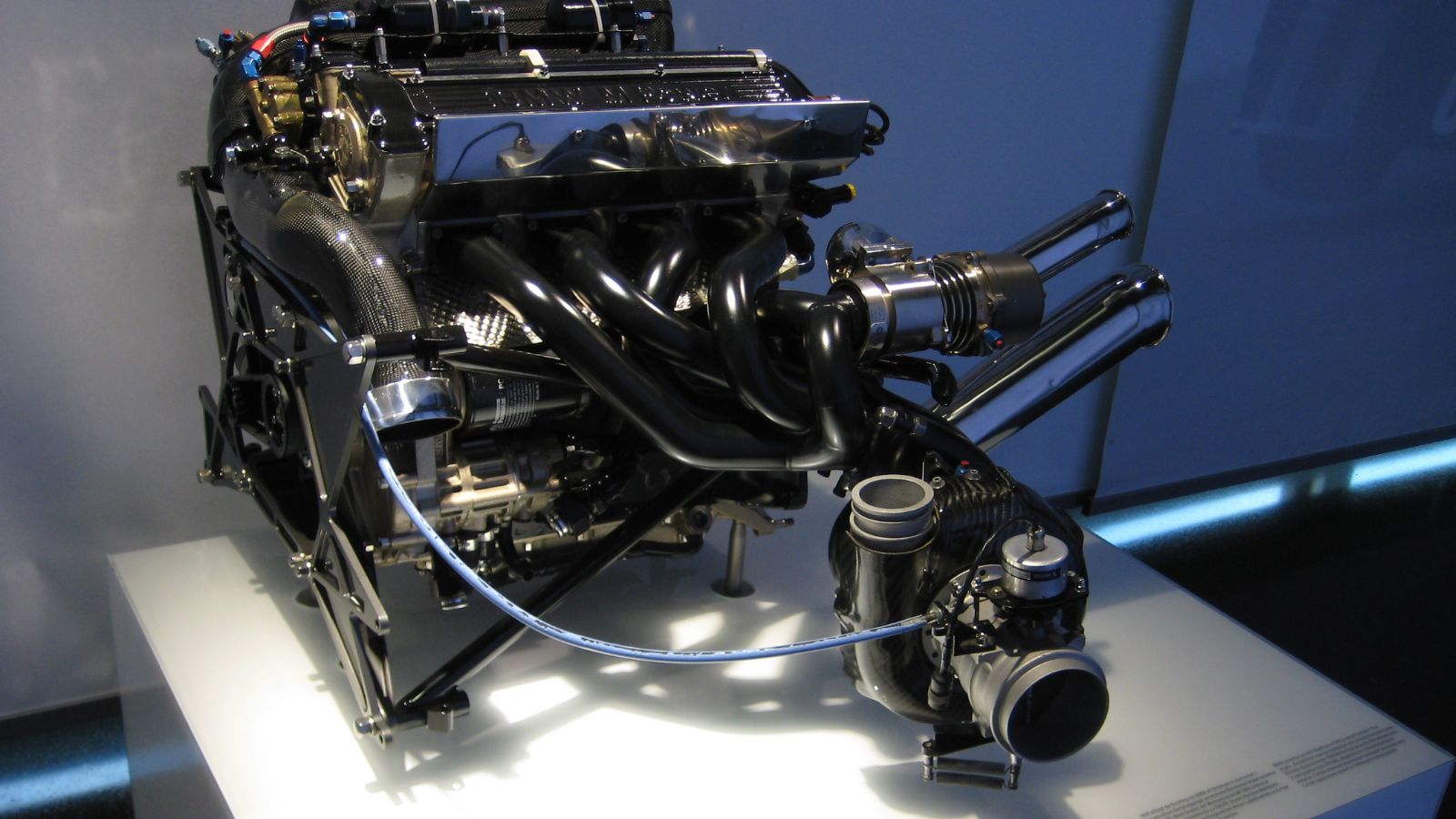
BMW’s 1.5 liter turbocharged four cylinder was one of the most outrageous engines ever put into a Formula 1 car. In the mid 1980s, it produced qualifying outputs of 1,300 horsepower from an engine block originally based on a road car design. Drivers admitted the cars were almost undriveable at full boost. The FIA responded by banning unlimited boost levels and then outlawing turbos altogether by 1989, ending the reign of the most powerful F1 engines ever built.
25 Facts About Car Loans That Most Drivers Don’t Realize

Car loans are one of the most common ways people fund car purchases. Like any other kind of loan, car loans can have certain features that can be regarded as an advantage or a disadvantage to the borrower. Understanding all essential facts about car loans and how they work to ensure that you get the best deal for your financial situation is essential. Here are 25 shocking facts about car loans that most drivers don’t realize:
25 Facts About Car Loans That Most Drivers Don’t Realize
